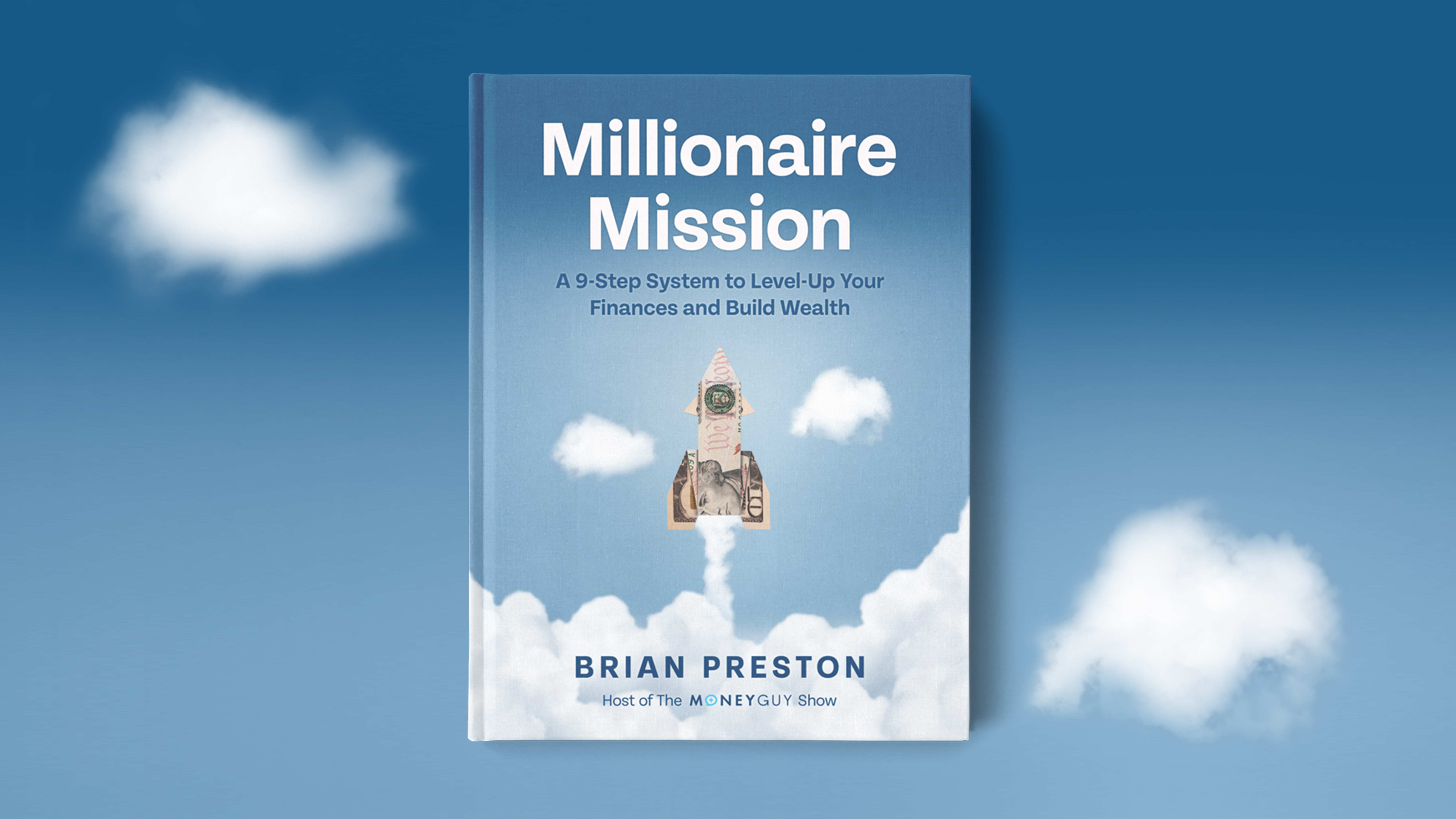
Change your life by
managing your money better.
Subscribe to our free weekly newsletter by entering your email address below.

Subscribe to our free weekly newsletter by entering your email address below.
I talk about the need to save for retirement all the time on the Money Guy Show. However, I have not done a show discussing what you can expect from these savings once you hit the retirement phase of your life. Before all of my young readers and listeners tune out or click to close this post let me remind you that retirement hits us all. If you are not personally approaching retirement age then you probably have friends and family that will be there shortly. I also have to believe that if you are listening to a financial podcast you are probably the person that your friends and family count on to know the answers to all of their financial questions. In other words hang in there with me and you just may learn something that could help you build your financial knowledge as well as understand what it takes to have a healthy retirement plan.
The Quick and Dirty Method: The 5 percent rule….
I am asked frequently how do you know if you have saved enough money for retirement. This is a very difficult question because there are so many variables that go into the answer, but there is a quick and dirty calculation that can let you know if you are even in the ball park of retirement. In order to ball park the answer you need to know how much money will be required annually to pay your bills as well as allow you to enjoy life. Is $50k a year enough or do you need between $100k to $200k? Based upon the answer you can then quickly determine how big your investment portfolio needs to be. I provide details below:
Many of you are probably upset by these numbers because so much money has to be saved to generate resonable living expenses. Remember this is a very simple calculation and it is also designed to be conservative. Now if we ever entered into a prolonged bear market this calculation would not work but based upon historical market performance and a diversified portfolio with a moderate risk level there is a great chance the portfolio will generate enough growth and income to cover your retirement needs.
Now that I have provided you with the quick and dirty method there is a great article that gets much deeper into the discussion that help you pinpoint what your actual retirement picture will look like. Once you determine that you probably have enough money saved based upon the 5 percent method you may want to research and read the work of William P. Bengen, CFP®. William has written a book titled Conserving Client Portfolios in Retirement, as implied from the title this is a book that was written for advisors to use as a tool when evaluating their clients’ retirement savings. You can read the following articles and get a pretty good understanding of Mr. Bengen’s research and how you can use it to determine if you should expand your withdrawal rate percentage from 5 percent to 7 percent or maybe you even need to be more conservative and lower your withdrawal rate to 4 percent.
For my number lovers you are going to enjoy these articles:
FPA Journal, “Baking a Withdrawal Plan ‘Layer Cake’ for Your Retirement Clients”
Financial Planning Perspectives, “Conserving Your Portfolio in Retirement”
A few good findings from the reports:
As you can see this was a very interesting article that provides lots of data to sink your teeth into. Enjoy and thanks for listening to my show!
Subscribe on these platforms or wherever you listen to podcasts! Turn on notifications to keep up with our new content, including:


Financial Order of Operations®: Maximize Your Army of Dollar Bills!
Here are the 9 steps you’ve been waiting for Building wealth is simple when you know what to do and…
View Resource
How Much Should You Save?
How much of your income can you replace in retirement? You can replace different portions of your income in retirement…
View Resource
Net Worth Template
It’s our favorite time of year: time to complete your annual net worth statement!
View Resource
The 5 Best Tools To Cover Life’s Greatest Financial Risks
Read MoreHere’s Why Roth Isn’t Always Better Than Pre-Tax
Read MoreHow Much Do You Actually Need To Retire?
Read More

How about more sense and more money?
Check for blindspots and shift into the financial fast-lane. Join a community of like minded Financial Mutants as we accelerate our wealth building process and have fun while doing it.




It's like finding some change in the couch cushions.
Watch or listen every week to learn and apply financial strategies to grow your wealth and live your best life.
Subscribe to our free weekly newsletter by entering your email address below.